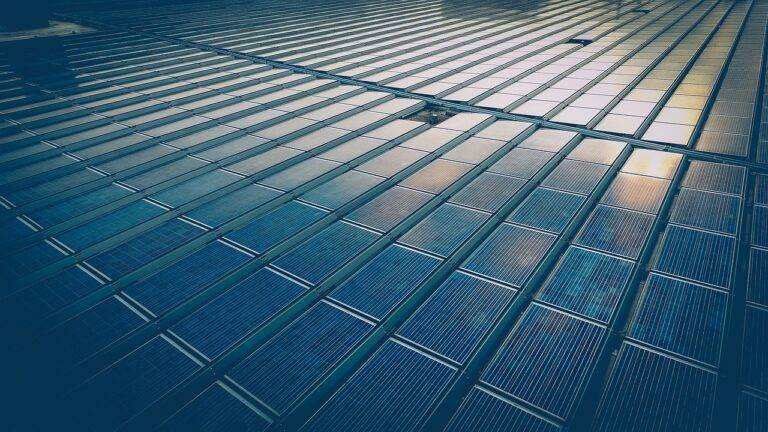Trends in Green Construction: Zero-Energy Buildings and Eco-Friendly Materials
One of the most recognized and widely used green building certification programs is Leadership in Energy and Environmental Design (LEED). Developed by the U.S. Green Building Council, LEED provides a framework for designing and constructing sustainable buildings that prioritize energy efficiency, water conservation, and indoor air quality. Buildings that achieve LEED certification demonstrate commitment to environmental sustainability and responsible resource management.
Another prominent green building certification program is the WELL Building Standard, focusing on promoting the health and well-being of building occupants. WELL certification evaluates building features that support human health, such as air quality, lighting, fitness amenities, and access to healthy food options. By prioritizing the health and comfort of occupants, buildings pursuing WELL certification aim to create spaces that enhance overall well-being and productivity.
Sustainable Design Principles
Sustainable design principles prioritize the efficient use of resources and the reduction of negative environmental impacts during the construction and operation of buildings. Architects and designers incorporate strategies such as passive heating and cooling, natural ventilation, and the use of sustainable materials to minimize energy consumption and promote a healthier indoor environment. By considering factors like site orientation, building materials, and water efficiency, sustainable design aims to create buildings that are environmentally responsible and economically viable.
Integrating sustainable design principles into building projects requires a holistic approach that considers the entire lifecycle of the building. This involves not only the initial design and construction phases but also ongoing maintenance and operation. By focusing on energy efficiency, water conservation, and waste reduction, sustainable design principles help to create buildings that are resilient, cost-effective, and harmonious with their surroundings. Embracing these principles not only benefits the environment but also enhances the quality of life for building occupants.
What are some examples of green building certification programs?
Some examples of green building certification programs include LEED (Leadership in Energy and Environmental Design), BREEAM (Building Research Establishment Environmental Assessment Method), and Green Star.
What are some key sustainable design principles?
Some key sustainable design principles include energy efficiency, water conservation, use of renewable materials, waste reduction, and consideration of the building’s impact on the surrounding environment.
How can I incorporate sustainable design principles into my building project?
You can incorporate sustainable design principles into your building project by working with architects and designers who are knowledgeable about green building practices, using environmentally friendly materials, integrating energy-efficient systems, and designing with the environment in mind.
Why is it important to consider sustainable design principles in construction projects?
Considering sustainable design principles in construction projects is important because it helps reduce the negative impact of buildings on the environment, promotes healthier living and working spaces, and can result in long-term cost savings through energy efficiency and reduced maintenance.





